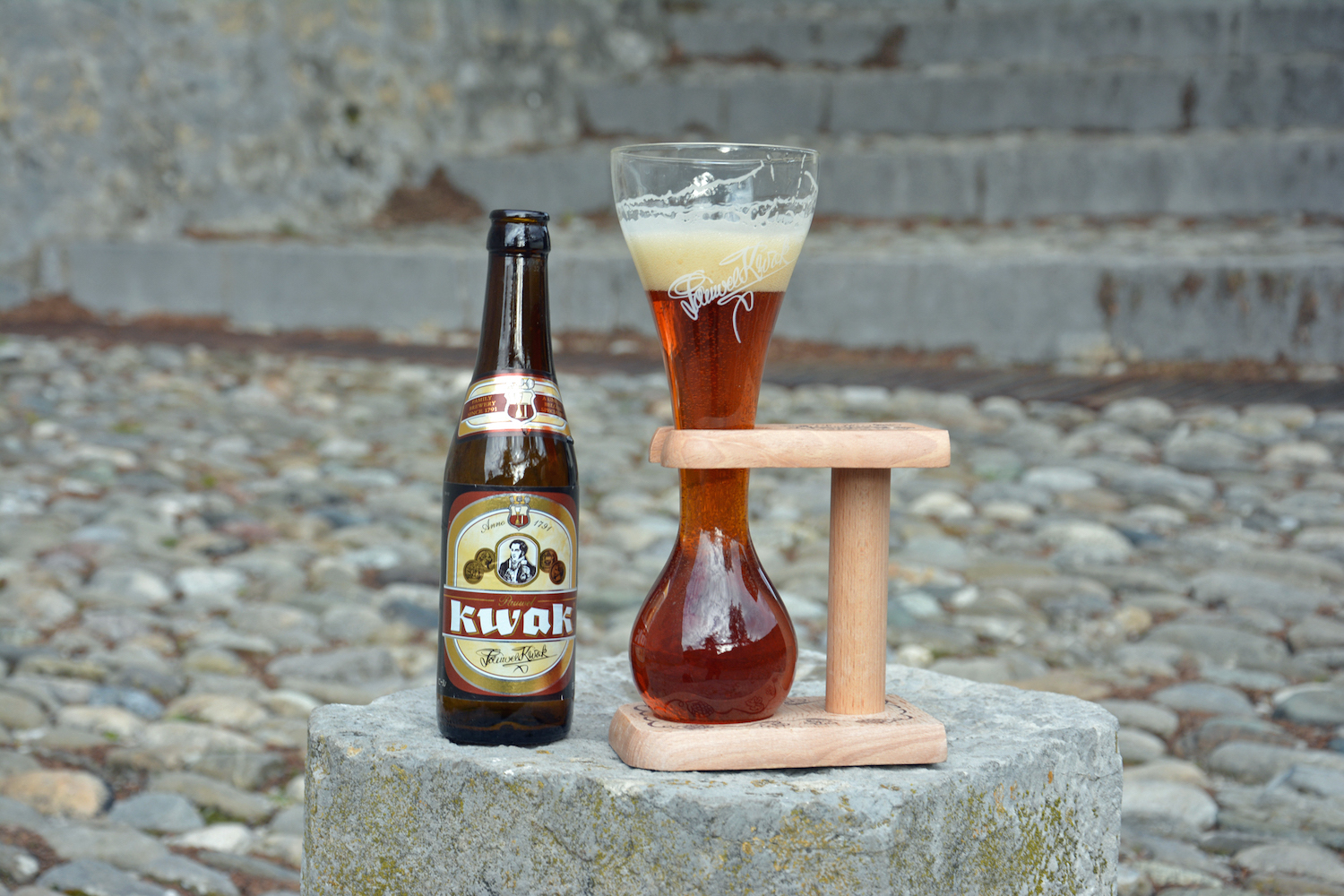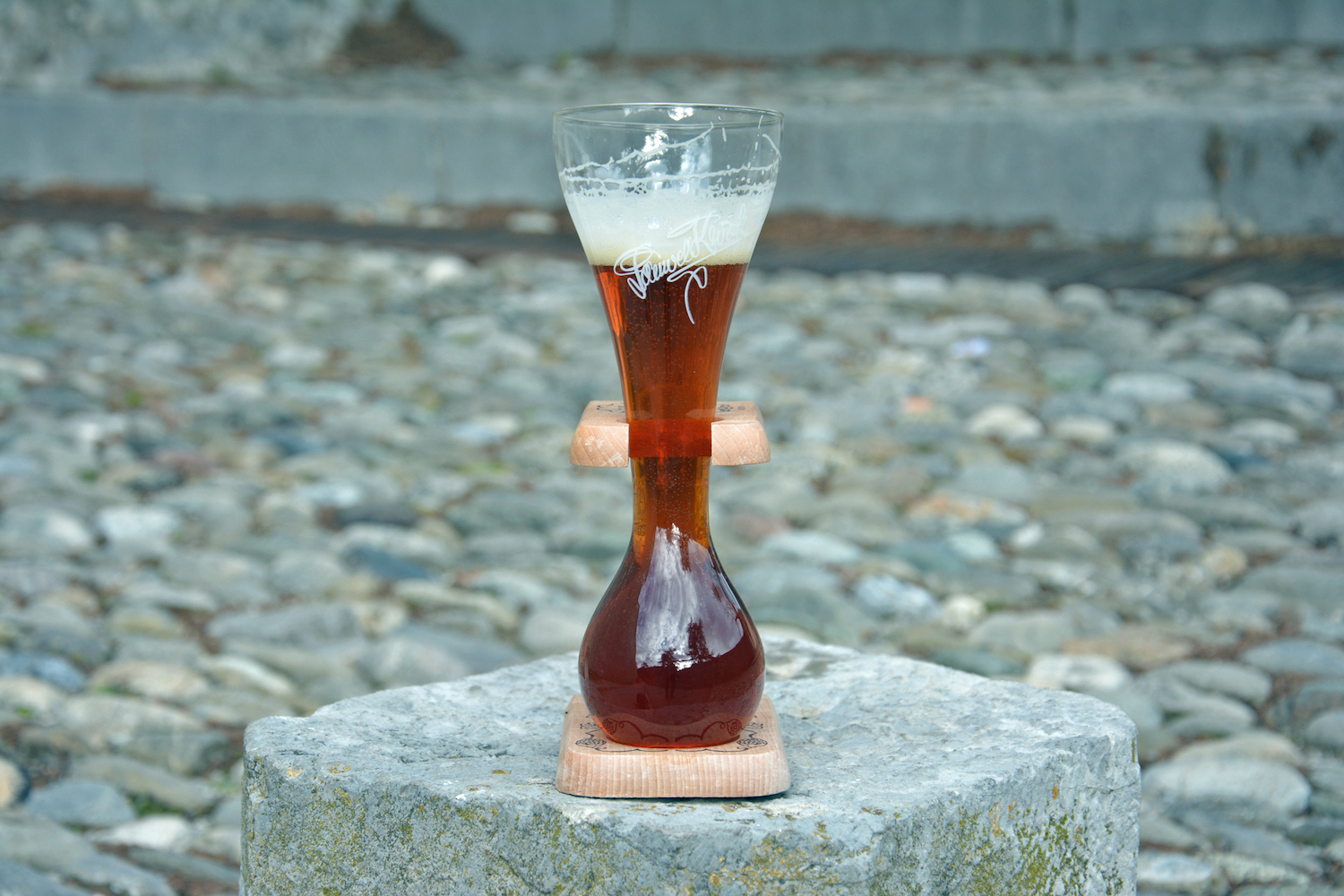How a desperate brewer invented the first cupholder in Napoleonic France, more than 200 years ago
While demand for the cup holder didn’t pick up until drive-thru restaurants began punctuating the American landscape in the 1950s, its basic design traces its ancestry to 19th-century Belgium. An enterprising brewer conceived the cup holder as a way to prevent coachmen from triggering the wrath of Napoleon Bonaparte.
Pauwel Kwak ran the De Hoorne inn located in Dendermonde, Belgium, a picturesque small town about halfway between Ghent (where Volvo has manufactured cars, including the Amazon and the modern-day XC40, since 1965) and Mechelen. Approximately 50 miles separate the two cities, a distance which took hours to cover by carriage, and Dendermonde was the natural halfway point for drivers, passengers, and animals to take a breather. De Hoorne earned a reputation for its hearty food and its typically Belgian beer.
Coachmen regularly stopped at the inn to deliver mail and drop off or pick up passengers, but they couldn’t park their carriage and walk in for a pint. Historians don’t unanimously agree on what kept them away from the bar. Some argue coachmen were in a rush, but a majority pin the blame on the vast, intimidatingly strict legal framework masterminded by French emperor Napoleon Bonaparte and, fittingly, called the Napoleonic Code. Ever since Napoleon and France marched into present-day Belgium in 1795 to unapologetically annex a significant amount of territory, coachmen were forced to obey a law stating they weren’t allowed to have a drink with their passengers. They were demoted to servants, and drinking with their boss—in this case, the passengers hitching a ride—was illegal.
This policy left coachmen both sober and thirsty while looking at a horse’s butt for hours on end, and it also meant lost revenue for Kwak’s inn. Proving once again that profit margins stimulate man’s finer intellectual faculties, Kwak realized that although coachmen couldn’t come to the beer, the Napoleonic Code didn’t prohibit a waiter from bringing the beer to the coachmen.

Crotching a cold pint at the helm of a swaying stagecoach was an excellent way to reach Ghent with wet pants. There wasn’t anywhere to set down a drink, transferring it into a flask was more trouble than it was worth, and no one thought of bringing a stein glass with a lid from Germany. So, Kwak ingeniously created a wooden stand that riders could attach within arm’s reach on the side of their stagecoach, and—even better—he designed a glass that fit inside the stand. The glass didn’t tumble out while traveling over rough roads, and its tall, hourglass-like shape contained sloshes even with a four-horsepower coach going flat out.
Kwak’s glass was a revelation for the legions of coachmen that traveled through Dendermonde. Other breweries and inns may have adopted his design, but the original cup holder remained closely linked to Der Hoorne. Napoleon’s draconian rule over France, Belgium, and other territories had, inadvertently, spawned the cup holder.
The inn’s fate is lost to history, and very few details about Kwak have survived. He remained active as a brewer for years, though key facts and figures (like when he died) vanished over time. The glass he invented joined Belgian folklore until Bosteels, a brewery older than Belgium as we know it, resurrected it. Here again, details remain vague. The brewery’s historian told me it released a brew named Kwak around 1980 to honor the crafty innkeeper, and quickly began reproducing the glass he invented. The beer was a new recipe, not related to the brew Kwak served to parched coachmen.
In 2020, Bosteels’ Kwak stands proud as one of the better-known Belgian beers in Europe and abroad. It’s a full-bodied, 8.4-percent ABV amber that punches hard, so I don’t recommend drinking within close margin of an afternoon cruise. Besides, the wooden stand is poorly suited to curved dashboards, so it won’t even fit your car unless you drive something like a Jeep CJ or a Volkswagen Beetle. But we digress—in the interests of safety and legality, it’s for the best that drinking and driving is taken as seriously as it is today. How times have changed since the first coachman used the original cup holder to stay on the right side of the law. Cheers to ’em.









